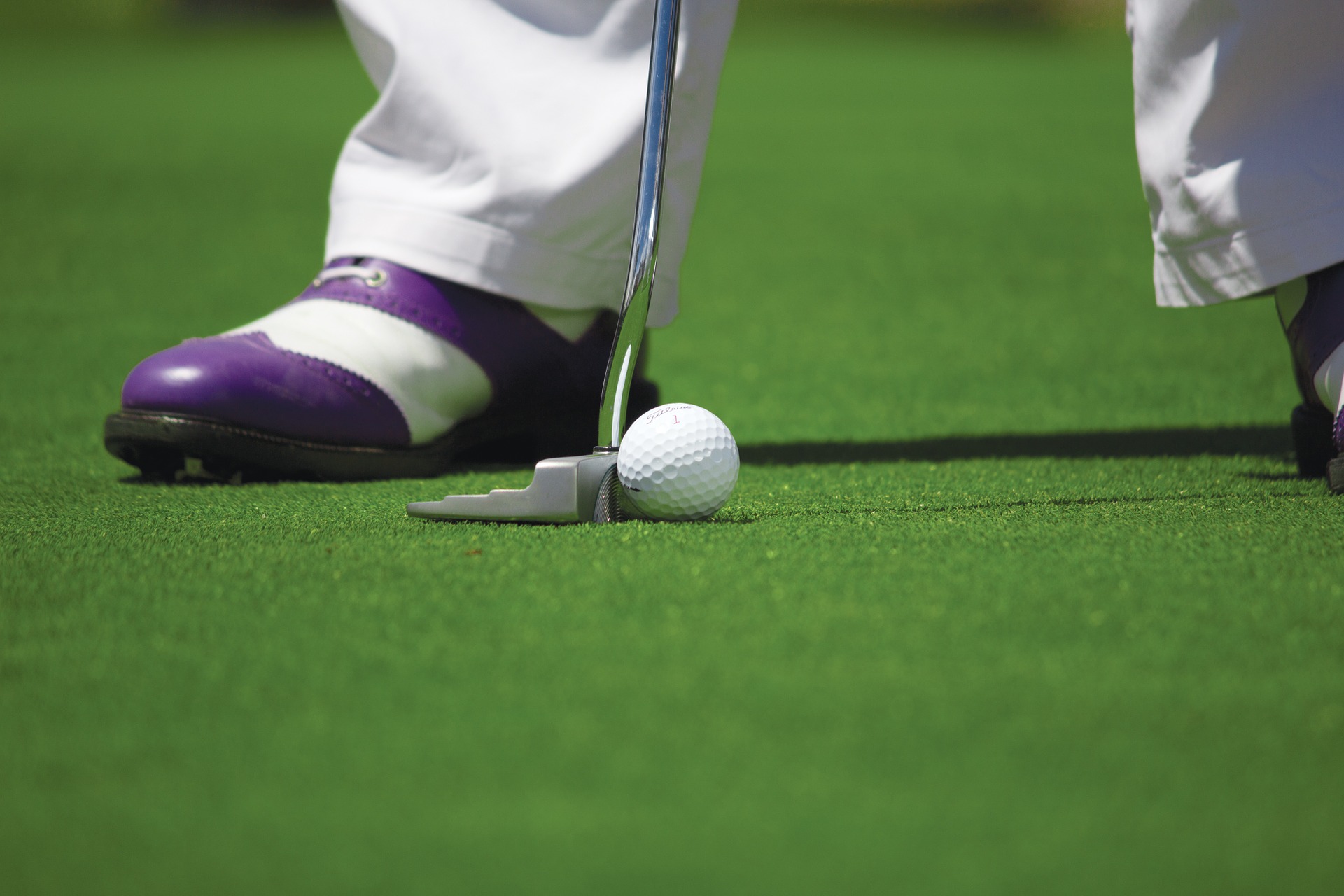
Putting is a game within a game and much has been written on the subject, but I think that we can get too technical when it comes to putting and this increases the pressure that we feel when we are faced with a defining putt. Some of the greatest putters in the tour´s history have been “feel” putters, with what many coaches would consider to be poor mechanics, but their stroke worked, it performed when it had to and it didn´t buckle under pressure.
The number of putters available on the market today is vast and they come in a plethora of shapes, sizes, weights and shaft positions, but there is one thing that is definite, you must find a putter that you are comfortable with and for many this means a shorter putter than you may think. I would estimate that 90% of my clients were using a putter that was the wrong length for them, and in doing so they were affecting their ability to putt consistently. Most players will benefit from a putter that is 34 inches at most, with most actually performing better with a putter that is between 33 and 34 inches.
As a golf coach the mechanics of putting take a back seat when I am giving a lesson, trying to help golfers improve on the green. I have been asked a number of times why I avoid the mechanics and the simple answer is that the mechanics are overthought and create more problems. What most amateur golfers need to improve their putting is a solid set-up and an understanding of how to control the distance, the mechanics of how the putter moves back and through is irrelevant, as this could be perfect but if they cannot set-up and control the distance the swing may as well be awful.
So, if you are looking to improve your putting, first check that the length of the putter allows you to have relaxed arms that hang under your shoulders, whilst your neck is more or less parallel to the putting surface, this will automatically place your body in a position where you can rock your shoulders, rather than rotate them like in the full swing. Now check that the ball is positioned underneath your target eye, this is the ideal place to ensure that you send the ball forward with a little bit of top-spin. Finally, most golfers will benefit from putting with a reverse grip, so that your target hand is below. (Left below right for right-handed golfers) gripping the putter like this creates more of a combined unit with the hands, and helps to reduce unnecessary wrist movement. Forget the mechanics and concentrate on the set-up and I am sure your putting will improve.

Recent Comments